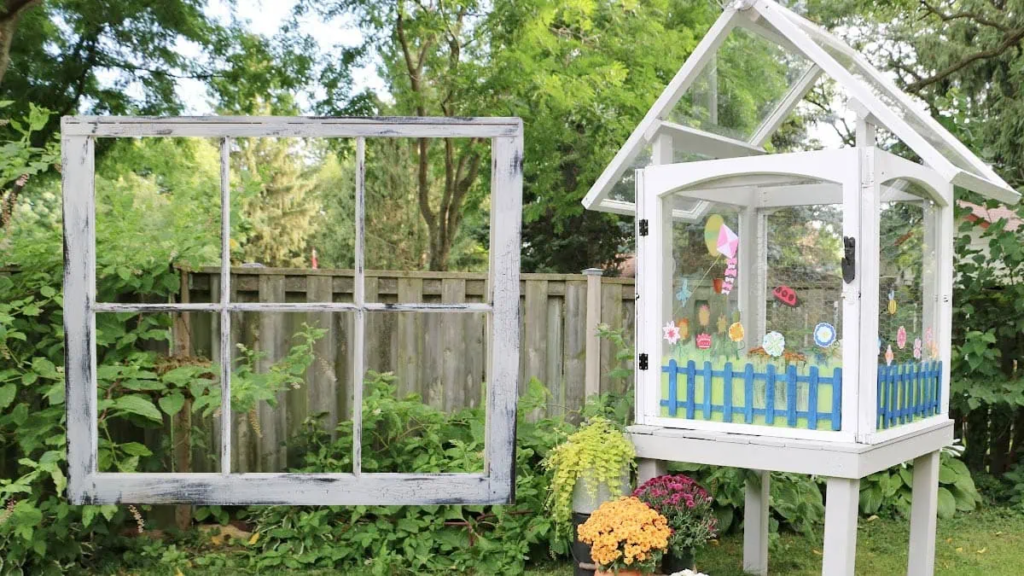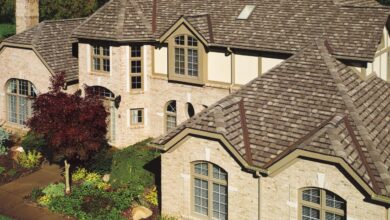Eco-Friendly Home Improvement – Sustainable Products for a Greener Home

Many eco-friendly home improvements are simple to do and cost little. For example, switching out your light bulbs to energy-efficient ones can reduce your lighting energy consumption by 50%-75%.
Other green home renovations require a more substantial investment but can pay for themselves with lower energy costs. These include eco-heating and cooling choices, solar panels, and more.
Reclaimed or Salvaged Lumber
Reclaimed or salvaged lumber is gaining popularity with homeowners, builders, and architects. Repurposed wood is often cost-effective and adds a touch of character that new materials cannot. It can be used for flooring, cabinets, accent walls, and more.
Reusing lumber prevents it from being burned, which releases carbon into the atmosphere. Reclaimed lumber also helps reduce the need for new wood to be harvested. It may come from old homes, barns, ships and boxcars, bowling alleys, or recycled from pallets. It can be planned to smooth it out or left in its natural state for a rustic look. Interior designers and home remodelers can use it for exterior wall panels to create a stunning feature.
If you’re considering repurposed lumber for your next project, make sure it has been kiln-dried and is safe to use in load-bearing areas of the house. Also, it may have been treated with chemicals that could harm your health, so research to find out if the dealer you’re buying from can guarantee its safety.
An energy audit is one of the best ways to make your home more eco-friendly. This will help you see which areas of your house need to be improved and how much it would cost. Then, you can focus on the most rewarding and affordable eco-friendly home improvements to do first.

Sustainable Paint or Wallpaper
There are many small and large eco-home improvements you can make to your house that will have a positive impact on the environment. Some are more cost-effective than others, but all will help you make a difference. Some are as easy as swapping out your light bulbs for energy-efficient ones.
If you are thinking about painting your home, opt for eco-friendly paint. Several brands offer non-toxic paints with natural ingredients and no toxins or additives. They are also free of VOCs (volatile organic compounds), which create a healthier living environment.
Another option for your walls is eco-friendly wallpaper. Some wallpapers have recycled materials and are printed with eco-friendly inks. Some use natural materials like leaves, grasses, bamboo, sisal, cork, or mother-of-pearl. Click here to see if these wallpapers are made without fungicides, which harm the environment and humans.
Some non-woven and fabric wallpapers use natural fibers like cotton, silk, raffia, or linen. The natural fibers are often laminated onto a paper carrier. Ideally, the threads should come from plantations certified as sustainable and not using pesticides or fertilizers. However, they may be mixed with synthetic materials such as cellulose and petroleum-based polyester for the base layer.
Energy-Efficient Appliances
One of the most significant ways home improvement can make a difference is by reducing energy consumption. This will help lower utility bills and reduce greenhouse gasses. These gases contribute to climate change, and that’s not good for anyone.
A large percentage of the emissions that cause global warming come from households. Upgrading your household appliances to ENERGY STAR products can help make a significant impact in the fight against climate change. These appliances use less electricity and emit fewer greenhouse gasses than their standard counterparts.
These energy-efficient appliances may cost more than their standard counterparts, but they’ll save you money in the long run by reducing your utility bills. Also, they can help save on maintenance and repair costs.
You can start with an energy assessment or audit to improve your home’s energy efficiency. An experienced professional will use equipment like blower doors and moisture meters to evaluate different areas of your home. They’ll then provide recommendations for boosting your home’s energy efficiency.
Many of these eco-friendly home improvements will increase the resale value of your home. That means that your investment will pay off for years to come. Just be sure to work with an experienced contractor to ensure the job is done correctly. This will help avoid future problems and help you get the most out of your new investments.

Solar Panels
While a company can’t eliminate the environmental impact of its products, it can work to minimize and even offset those impacts through policies and practices. Homeowners can do the same thing by choosing eco-friendly materials during a renovation. These sustainable products help reduce waste, preserve natural resources, and limit a homeowner’s carbon footprint.
A solar energy system is one of the most popular green home improvements, and for good reason. It’s a clean source of electricity that reduces greenhouse gas emissions, protects the water supply, and limits air pollution. A typical two-person household can expect to reduce its emissions by three to four tons per year using a residential solar power system.
Another way homeowners can go green is to replace old appliances with ENERGY STAR-certified models. These appliances require less energy to operate, which cuts back on spoiled food, excessive water use, and electricity bills.
A home’s resale value can increase with eco-friendly features, too. For instance, a study found that homes with green features sell for 8% more than non-green houses. Moreover, the Energy Investment Tax Credit makes it easier for homeowners to afford green remodeling projects. Considering that climate change is regarded as one of the biggest existential threats of our time, it’s no wonder more people are opting to go green with their home improvement projects.
Also, Read The Following: Purble Place game.



